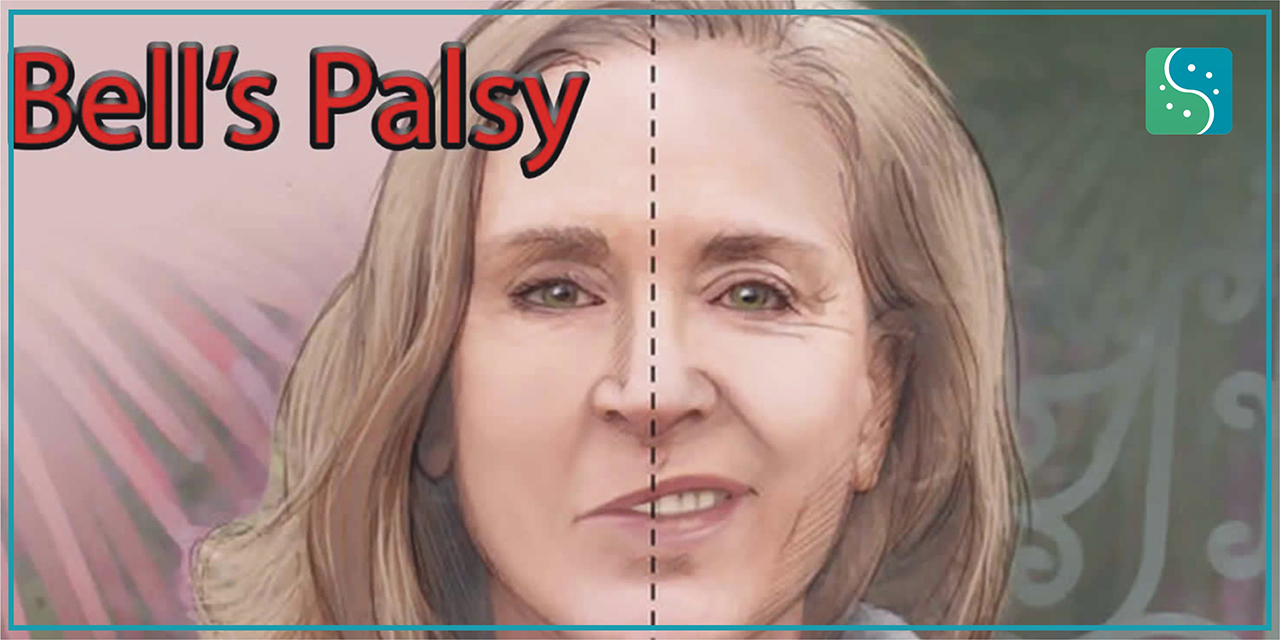Bell's palsy is a neurological disorder that causes paralysis or weakness on one side of the face. One of the nerves that controls muscles in your face becomes injured or stops working properly.
Homoeopathic treatment is highly effective in the treatment of Bell’s palsy. Homoeopathic medicines are safe and natural and treat the condition without causing any side effects. Homoeopathic medicines help to ease the pain in Bell’s palsy and also improve the strength and tone of the muscle.
There are several medicines for Bell’s palsy which can be selected through proper case taking and symptom similarity. For individualized remedy selection and treatment, the patient should consult a qualified homoeopathic doctor.
Bell’s palsy causes temporary paralysis, or palsy, of facial muscles. It occurs when a condition, such as a viral infection, causes inflammation and swelling of the seventh cranial nerve (the nerve that controls facial muscles).

With Bell’s palsy, your face droops on one side or, rarely, both sides. You may have a lopsided smile, or an eyelid that won’t close. These effects typically last several months and go away without treatment.
Signs and symptoms of Bell's palsy come on suddenly and may include.
In rare cases, Bell's palsy can affect the nerves on both sides of your face.
Various viruses may trigger Bell’s palsy. The condition occurs when swelling or inflammation temporarily puts pressure on the nerve that controls facial muscles. This pressure impairs the function of the nerve making it difficult for you to control facial muscles or expressions. As the inflammation subsides, the nerve starts to function again. It may take several months for symptoms to go away.
RISK FACTORS FOR BELL’S PALSY
Your risk of developing Bell’s palsy increases if you:
Your doctor will first perform a physical examination to determine the extent of the weakness in your facial muscles. They’ll also ask you questions about your symptoms, including when they occurred or when you first noticed them.
While there’s no specific lab test that your doctor can use to confirm that you definitely have Bell’s palsy, your doctor can use a variety of tests to help make a Bell’s palsy diagnosis.
Bell’s palsy affects men and women equally. It typically occurs in people between the ages of 15 and 60. You may be more prone to Bell’s palsy if you are pregnant or have.
It’s unusual to get Bell’s palsy more than once in a lifetime, but it can happen. A recurrence is most likely within two years of the first incident. The facial nerve palsy may affect the same side of your face or the opposite side. You’re more at risk for a recurrence if you have a family history of the disease.